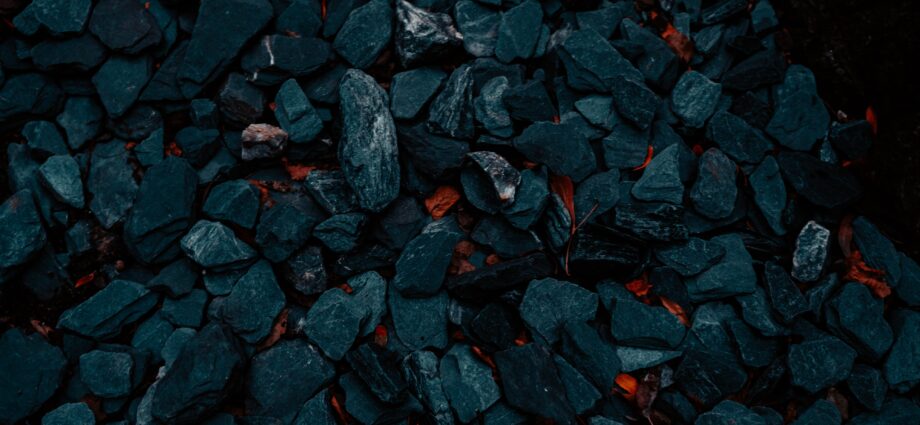
Burning Coal. Photo by Hunter So on Unsplash.
What went wrong for South Africa to enter a state of disaster, and what precautions should other states take not to fall into the same rabbit hole
February 19, 2023
On February 9, South Africa entered a national “state of disaster,” as declared by its president Cyril Ramaphosa. This was a consequence of the crippling power shortages and electricity cutouts, shaking the country at its core.
South Africa experienced 288 electricity blackouts last year, lasting up to 12 hours a day. Those intentional, “scheduled” outages imposed by the state-owned plant, Eskom Holdings, responsible for supplying over 90% of the nation’s electricity, were a desperate attempt to reduce demand and save energy.
Food doesn’t stay refrigerated, water pumps don’t pump, hospitals struggle to provide care, and businesses are going bankrupt. The blackouts are impacting 60 million South Africans.
How did it come to this?
Eskom has had a history of substantial financial problems, poor planning, corruption and infrastructure mismanagement. From the early 1980s, they committed to building unnecessary plants, causing severe financial trouble. This was followed by decades of political interference that hampered decision-making.
Their capacity to generate electricity now cannot keep up with the growing demand, and they are an astonishing $26Bn in debt.
The nation is heavily reliant on fossil fuels, only 7% of the total energy produced came from renewables in 2020. This dependence is easily explained by the abundance of coal resources and its staple role in the economy: coal mining accounts for over 90,000 jobs.

Despite the advantageous natural resources, efficiently utilising them has been problematic. In 2007, the construction of Medupi and Kusile, two huge coal-fired plants, began. The estimated cost was 163 billion rands ($8.9Bn).
Due to labour unrest, strikes, equipment defects and poor management, the final cost totaled a frightening 460 billion rands ($25Bn).
Trying to rely on their natural resources turned out to be more complicated than initially anticipated.
Crippled by old infrastructure, poor power stations and a recent strike, the President was forced to declare a state of disaster to bypass existing laws and release necessary resources to deal with the crisis. As such, the government would be better equipped to fast-track equipment repair and implement new energy projects.
![Sony PlayStation Store 110 - Sony, [Digital]](https://i0.wp.com/i5.walmartimages.com/asr/5d3e8d52-3525-4e75-b862-10394c67a31c.c3f21de9f6a2f65537248191772f43b3.png?w=1380&ssl=1)
In a state-released report, the President vows to fix Eskrom, improve the availability of existing supply, boost investment in generation capacity, pursue renewables, and drop regulations, all in an attempt to achieve long-term energy security.
The government will attempt to bail out Eskom by absorbing two-thirds of its $26 Bn debt. They will also drop the licensing requirements for companies wanting to build their own power plants and allow them to sell their surplus to the grid.
Households are also incentivized to install their own solar panels, while private investors will benefit from a 100% tax cut on any investment into renewable energy, starting from 100,000 rands ($5’500).
Ramaphosa also pledges to install generators and solar panels to limit electricity blackouts for businesses in food production, storage and retail supply chains. Additionally, crucial infrastructures such as hospitals and water treatment plants will be exempt from intentional outages.
Unfortunately, it is still unclear where the power supply for this will suddenly emerge from.
South Africa will also use this crisis to catalyse its transition to renewable energy. Multiple projects have been put in place to diversify the country’s energy sources and stabilize the industry long-term. This is possibly the most crucial element in facilitating the recovery from this disaster.
Relying on fossil fuels can render the economy very vulnerable to both supply shocks and demand-driven issues, as well as pose a significant threat to the environment.
Coal is the dirtiest fossil fuel, emitting twice as much carbon dioxide as natural gas when burned. To decrease its consumption and help South Africa shift towards climate-friendly energy sources, the US, the UK, and the EU offered South Africa $8.5 Billion at the COP26 climate conference of 2021.
The multi-billion dollar pledge was one of COP26’s biggest announcements. Although the money has yet to reach South Africa, already “different interests within the country are tussling over how that money should be distributed.”
The money will take the form of grants and loans and could potentially be allocated to Eskom. Eskom is historically South Africa’s biggest greenhouse-gas emitter. Although “some of it would also be used to retire coal-fired power plants that account for more than 80% of South Africa’s electricity supply”, the underlying fear is that the money would just mean more coal.
Aside from the obvious environmental issues, it is the extent of South Africa’s dependence on coal that resulted in such a drastic economic problem. Energy dependence is something that countries struggle with all over the world.
The energy crisis in Europe in 2022 is proof of the negative consequences of energy dependence. European countries have spent nearly €800Bn to shield households and companies from soaring energy costs.
In the UK, millions of individuals now face hikes in energy bills of £700 a year from April. Consumers are hit hard all over Europe by the sky-high price of natural gas and the growing demand for fuel.
The sanctions imposed on Russia, accompanied by a poor year for wind production, are becoming dangerous for European countries’ energy production, supply and storage. To avoid a situation as disastrous as in South Africa, they have successfully catalysed investment in renewables and diversified the range of energy sources they rely upon.
In 2022, the EU produced more solar and wind electricity than gas.
Other countries that are still heavily reliant on fossil fuels, particularly a singular source of energy, should accelerate their transition to renewables, not to follow in South Africa’s footsteps.
Subscribe to our newsletter.
Other countries that are still heavily reliant on fossil fuels should learn from South Africa’s example and accelerate their transition to renewables.
This article was originally published on IMPAKTER. Read the original article.

